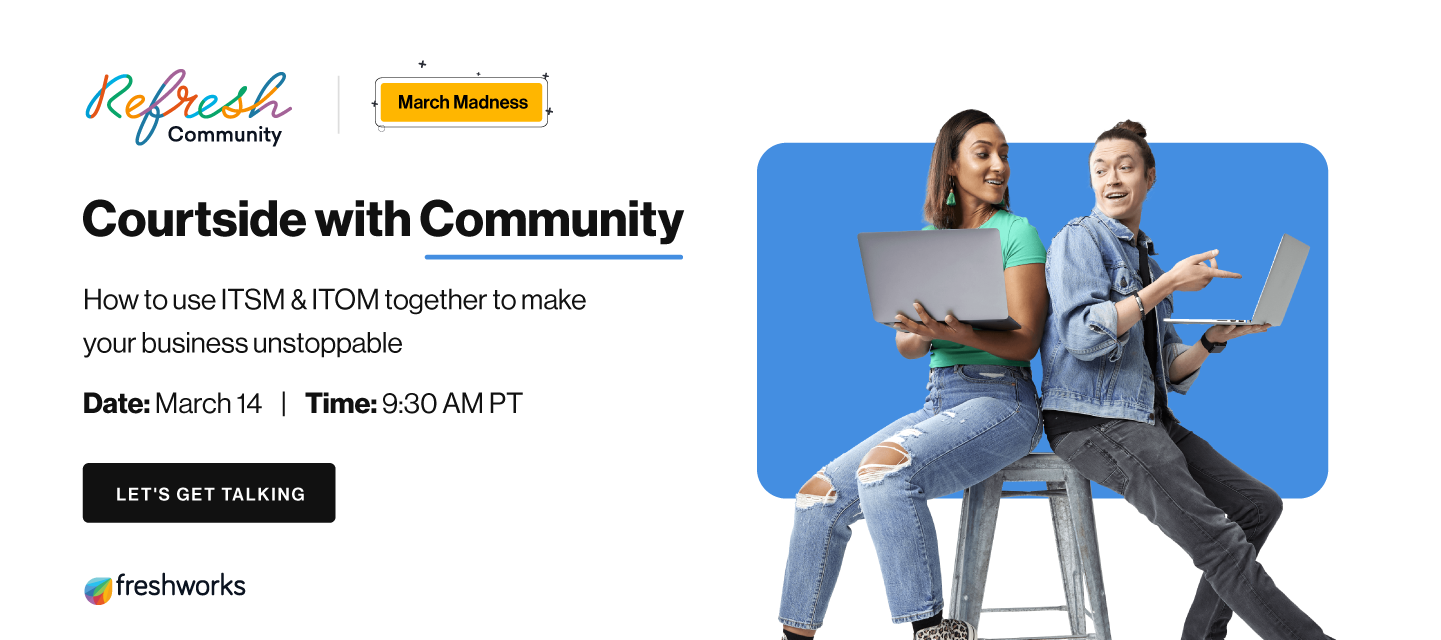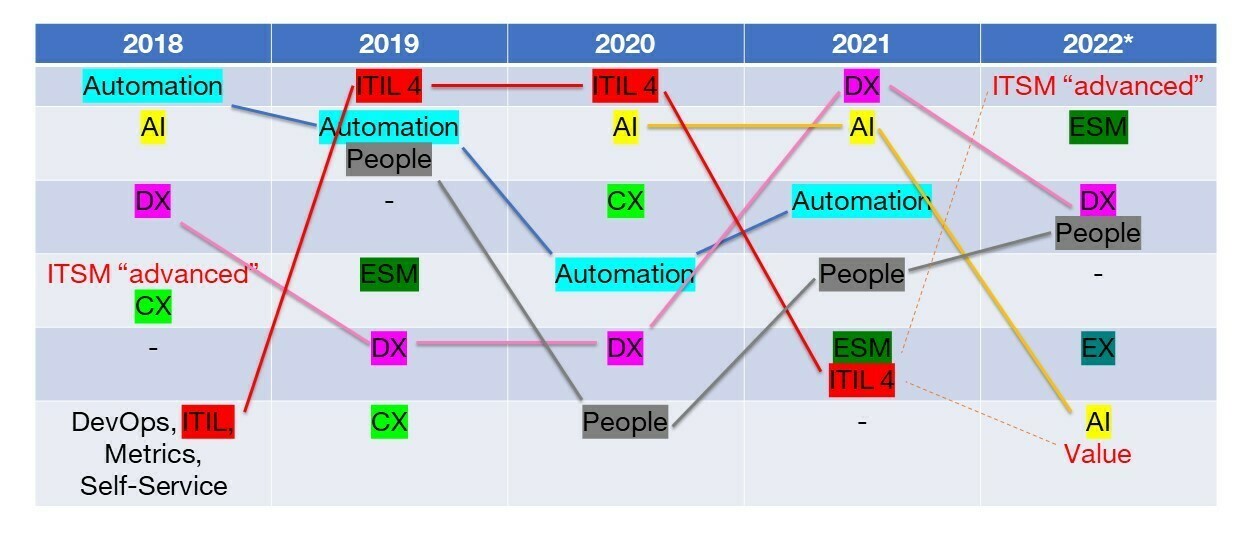Introducing #CommunityChat or as we call it ‘Courtside with community’, an informal conversation among community members over cups of our favorite beverage.
I am currently writing this post with a tall glass of iced coffee in my hand 

This time around, we will be discussing all things ITSM -
Topic of the hour: How to use ITSM & ITOM together to make your business unstoppable.
Here’s a list of questions we’ll be tackling in this chat -
- What are the top priorities for IT leaders in 2022?
- How do IT leaders make the leap from tech leaders to business drivers?
- How to transition from traditional IT to DevOps?
- How to create delightful technology experiences for agents and employees?
- What are some challenges organizations face when setting up their enterprise service management, and what are the different solutions required to address them?
How does it work?
- To answer a question, tag the answer with the corresponding number. For example, if you are answering the first question Q1, start your answer with A1 and use the
Quoteoption - You can reply to each others threads/ posts to keep the conversation going
- Be polite and respectful of other people’s opinions
- Feel free to add any questions/ doubts too if you have any. Our in-house specialists and other community members maybe able to help you.
We’ll see you on March 14, sharp at 9:30 AM PST
In the meantime, register for our virtual IT summit now!













